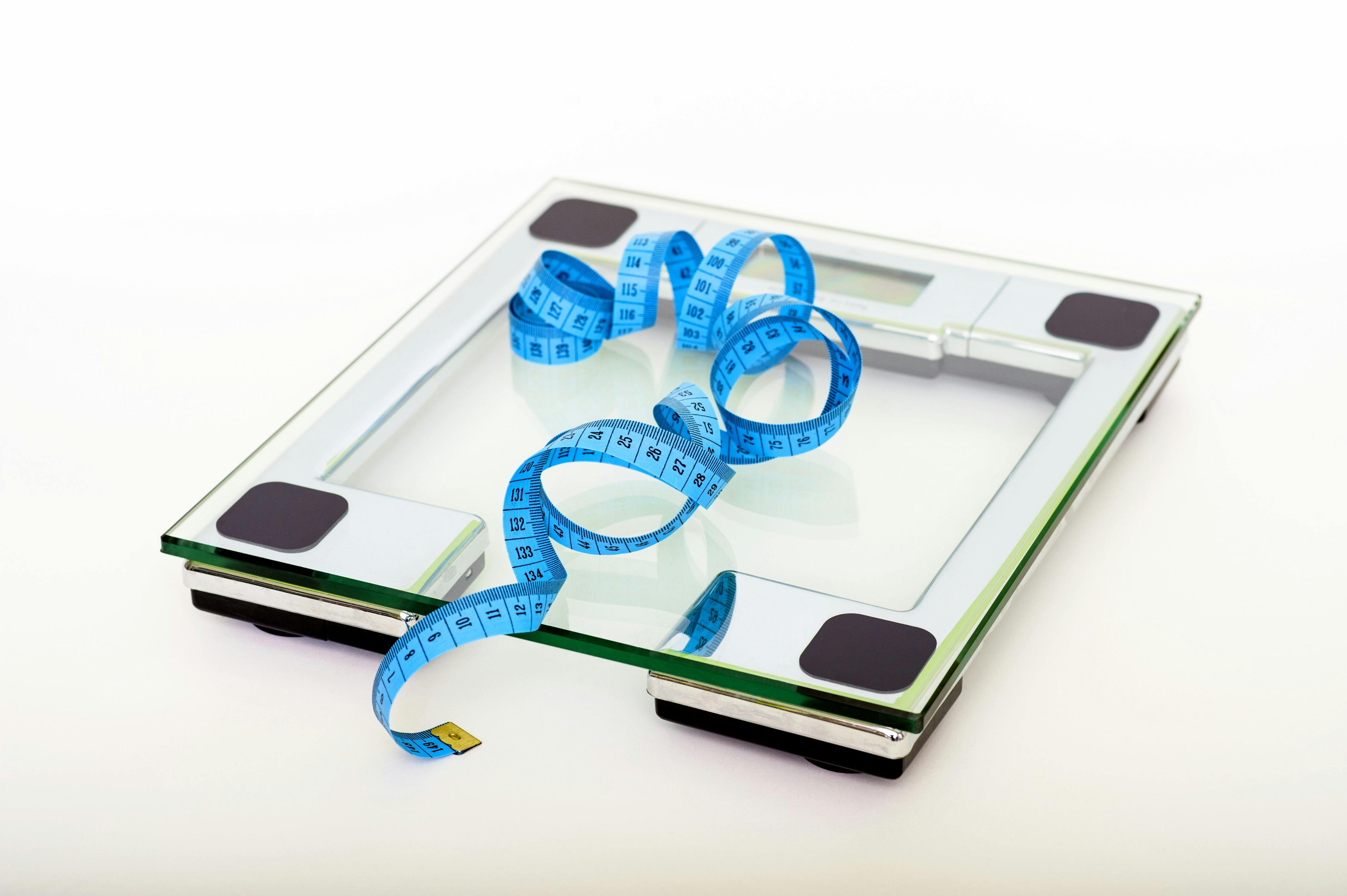Massage & Calorie Burn: The Surprising Truth
Many people wonder if getting a massage can help them burn calories and aid in weight loss efforts. While massage therapy offers numerous health benefits, its calorie-burning potential is often misunderstood.

Many people wonder if getting a massage can help them burn calories and aid in weight loss efforts. While massage therapy offers numerous health benefits, its calorie-burning potential is often misunderstood.
Receiving a massage burns approximately 230-270 calories per hour, similar to the energy expenditure of mild weight exercise. This calorie burn occurs because the body requires energy to function during any activity, including relaxation. The exact number of calories burned depends on factors like body weight and massage intensity.
Massage can support overall wellness and indirectly contribute to weight management by reducing stress, improving sleep, and easing muscle soreness. These benefits may help individuals feel more energized and motivated to engage in regular exercise and maintain a healthy lifestyle. While massage alone is not a significant calorie-burning activity, it can be a valuable component of a holistic approach to health and fitness.
Understanding Massage and Caloric Burn
Massage therapy affects the body's energy expenditure and metabolism in various ways. Different massage techniques can influence calorie burning and metabolic rates to varying degrees.
The Science Behind Massage and Energy Expenditure
Massage stimulates the body's metabolism, leading to calorie burn. The process is similar to sleeping, where the body continues to burn calories even at rest. A 160-pound person may burn approximately 67 calories during an hour-long massage.
The exact number of calories burned depends on factors such as body weight and massage intensity. More vigorous massages can increase heart rate and energy expenditure, potentially burning more calories than gentler techniques.
Research suggests that a 60-minute massage session may burn between 138-198 calories. This caloric expenditure is relatively low compared to active exercise but still contributes to overall daily energy use.
Types of Massage and Their Impact on Metabolism
Different massage techniques can have varying effects on calorie burn and metabolic rate:
- Deep tissue massage: This technique may burn more calories due to its intensity and pressure.
- Swedish massage: A gentler approach that still promotes circulation and calorie burn.
- Hot stone massage: The heat from stones may slightly increase metabolic rate.
- Shiatsu massage: This technique combines pressure and stretching, potentially burning more calories than relaxation-focused massages.
Vigorous massage techniques can burn between 500-700 calories per session, depending on duration and intensity. However, it's important to note that massage should not be considered a primary method for weight loss or significant calorie burning.
Health Benefits Beyond Calorie Burning
Massage therapy offers numerous health advantages that extend far beyond its minimal calorie-burning effects. These benefits impact both physical and mental well-being, contributing to overall health improvement.
Massage Therapy for Stress and Muscle Recovery
Massage therapy is highly effective for stress relief and muscle recovery. It reduces cortisol levels, the body's primary stress hormone, promoting relaxation and easing anxiety. This reduction in stress can lead to improved sleep quality, which is crucial for overall health and weight management.
For muscle recovery, massage helps alleviate soreness and tension. It increases blood circulation to muscles, speeding up the removal of metabolic waste and reducing inflammation. This can result in:
- Decreased muscle pain
- Improved flexibility
- Enhanced range of motion
Athletes and fitness enthusiasts often use massage to support their workout recovery and maintain peak performance.
Incorporating Massage into a Holistic Wellness Routine
Regular massage can be a valuable component of a comprehensive wellness plan. It complements other healthy habits by promoting relaxation and physical well-being. Massage stimulates the release of endorphins, the body's natural feel-good chemicals, which can boost mood and reduce pain perception.
Massage also supports cardiovascular health by temporarily lowering blood pressure and improving blood circulation. This increased blood flow can enhance the body's natural healing processes and may help with the removal of toxins.
When combined with proper nutrition and exercise, massage can contribute to:
- Improved sleep patterns
- Reduced anxiety levels
- Enhanced body awareness
- Greater overall sense of well-being
Integrating massage into a wellness routine can help individuals maintain balance in their physical and mental health, supporting long-term wellness goals.
Want more posts like this?Sign up for our FREE newsletter →